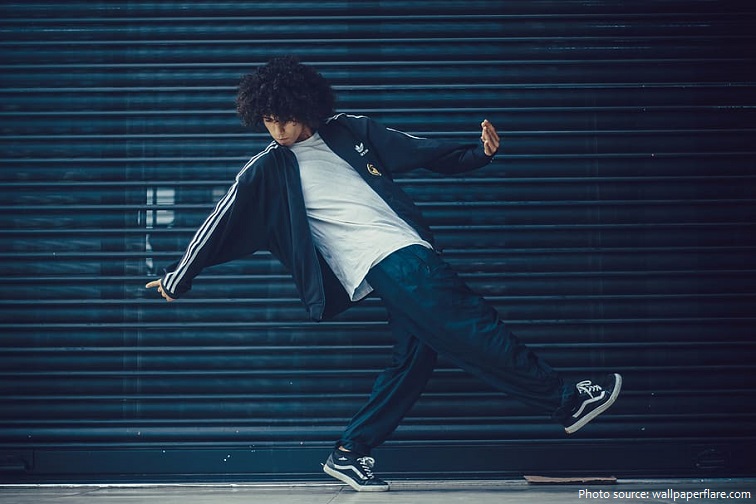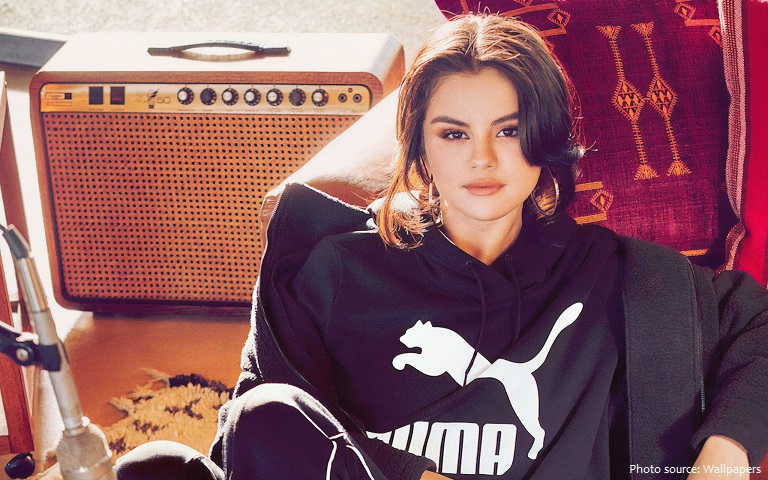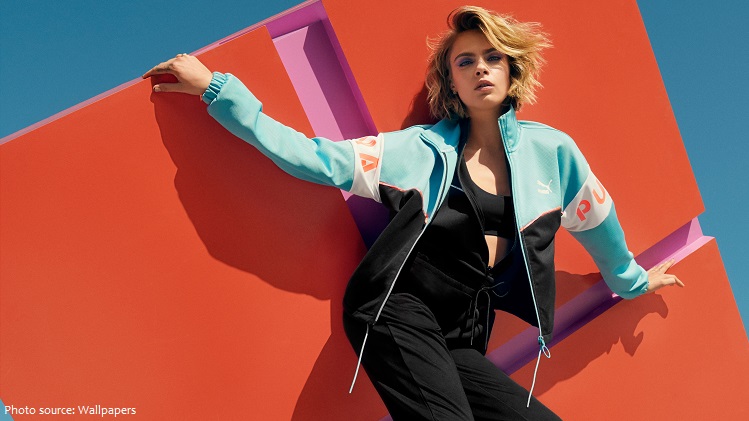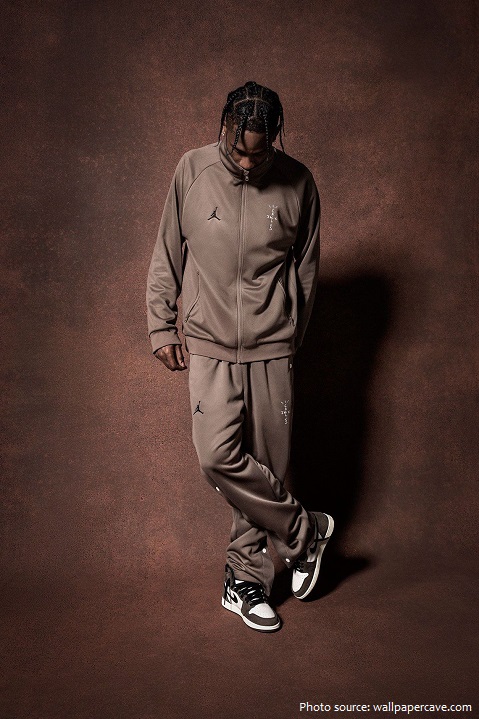
A tracksuit is an article of clothing consisting of two parts: trousers and a jacket usually with front zipper.
It was originally intended for use in sports, mainly for athletes to wear over competition clothing (such as running shirt and shorts or a swimsuit) and to take off before competition.
In modern times, it has become commonly worn in other contexts. The tracksuit was one of the earliest uses of synthetic fibers in sportswear.

It is also known as a warm-up suit, or “warmups” for short, as they are intended for athletes to keep their bodies warm before or after competition, and during breaks (especially important in cold weather). The bottoms of tracksuits are also known as sweatpants.
When we think of tracksuit brands, big names including Adidas, Umbro and Nike come to mind among others. In particular, Adidas were one of the first brands to introduce the tracksuit in the world of fashion, and this was their first step into producing apparel.
The invention of the tracksuit is understood to have happened in 1930s, however its big break came in the late 1960s when Adidas created their first piece of apparel.
Tracksuits have come in and out of fashion over several decades.
The period that featured tracksuits as sportswear that was acceptable to wear outside of the gym was the 1960s and 1970s. He was often seen wearing a red striped version on the 1971 ABC TV show Longstreet. Of course his most iconic outfit was the yellow and black jumpsuit featured in the 1972 kung-fu classic Game of Death. The memorable ensemble has been referenced throughout popular culture but perhaps most famously in Kill Bill: Volume 1. In Quentin Tarantino’s ode to samurai films, Uma Thurman’s “Bride” wears a similar yellow tracksuit for her massive club brawl scene in Tokyo.
Tracksuits first became popular around 1975, made out of cotton, polyester, terry cloth, or a mix. In the late 1970s velour became popular, so much so that it became the most used form of fabric on a tracksuit.

Our modern idea of track suits, though, dates back to the 1980s. Initially called “shell suits,” the new iterations represented a transition to synthetic materials. Tracksuits switched to using nylon layers that could wick away moisture and keep the wearer cool.
Run-DMC released their infamous track “My Adidas” in 1986 and while the song was, strictly speaking, about trainers, the rap crew’s constant wearing of the Adidas tracksuit helped make the garment synonymous with hip-hop. There was no official contract between Adidas and Run-DMC at the time of the song’s release, but the group’s influence was impossible to ignore. In one of the smartest ever examples of product placement, Adidas eventually came knocking. They offered the group a $1.5m dollar endorsement deal, officially solidifying the link between street culture and hip-hop. That deal today is widely seen as the start of hip-hop’s official financial relationship with sports companies – a phenomenon that has become an industry in and of itself.

Alongside the burgeoning popularity of hip-hop in the 1980s came an unspoken style code. The tracksuit had emerged as a cultural signifier for MCs and breakdancers. Celebrated in films such as Beat Street and the landmark graffiti documentary Wild Style, the tracksuit was a staple across the Bronx, Brooklyn and Queens.
In 1997, a total of 20 limited edition silver-coloured fabric tracksuit jackets with sterling silver hallmarked logos and solid silver zips were retailed at £2,000 ($2,800) and made to celebrate the sale of 100,000 running jackets by Olympic bronze medalist Brendan Foster’s company View From of Newcastle, UK.
Beginning in the early-2000s, tracksuits have been associated with grime music in the UK and its related culture. This has led to the style of clothing being associated in the mainstream media with the country’s gang culture, however grime musicians such as Stormzy have openly disassociated from them.
Since 2006, prominent fashion designers have been asked to design tracksuits for the athletes of various Olympic teams, usually all the athletes representing one country. For example, designer Ralph Lauren created the USA uniforms for the 2010 Winter Olympic Games opening ceremony. The sportswear company Adidas hired Stella McCartney to be the Creative Director for the 2012 GB Olympic Games (by Adidas)—the first time in the history of the games that a leading fashion designer has designed the apparel for a particular country’s team across all competitions for both the Olympic and the Paralympic Games.

